Welcome to the ultimate compass – “The Complete Guide to Content Optimization.” Brace yourself to plunge deep into the ocean of content optimization, unearthing precious nuggets of wisdom on keywords, search, and SEO techniques. Here’s what awaits you:
- Strategies to create tantalizing, traffic-generating content
- Insights on keyword usage for peak search performance
- Tips to leverage SEO for a powerful online footprint
Our guide breaks down each aspect, giving you a roadmap to achieve top-tier optimization. Richly detailed, you’ll gain comprehensive knowledge, from chalking out the perfect keyword strategy to effectively implementing SEO practices.

Feel empowered to harness the potential of your content, make it deliciously searchable, and optimize it to its zenith. And if you’re interested in elevating your Conversion Rate Optimization (CRO) and User Experience (UX), we highly recommend Plerdy. Plerdy’s a comprehensive tool that will facilitate a supercharged digital journey.
Content optimization keeps you ahead in digital marketing. Let’s get started – ride the wave of optimization success today. ⚡
Importance of Content Optimization in Digital Marketing
Content optimization operates at the very core of digital marketing, acting as a critical process that significantly enhances online visibility. When you meticulously craft and refine your content—employing the right keywords—it becomes a reliable guide, drawing in your target audience through their search queries. The outcome? An SEO-boosted strategy that effortlessly drives traffic and leads.
Here’s how the puzzle pieces fit together in various niches:
- eCommerce: Optimization involves strategically embedding keywords within product descriptions—helping to improve search rankings and draw in shoppers with specific needs.
- Blogging: Effective content optimization sees the integration of keywords within blog posts, coupled with a focus on delivering high-quality, relevant information. This aids in capturing readers’ interest and maintaining a consistent flow of returning visitors.
- SaaS: For software-as-a-service companies, content optimization around key software features—using targeted keywords—elevates brand visibility in a saturated market.
The benefits? More than just ranking favorably in search engine results, content optimization allows brands to establish authority in their respective sectors. This fosters trust among potential customers and often leads to higher conversion rates. A well-optimized piece of content provides direct and accurate answers to user queries, offering them value and establishing a positive brand-user relationship.
Remember, SEO alone doesn’t win the race—the meticulous process of content optimization, the judicious use of keywords, and creating a guide-like structure for users during their search journey secures your digital marketing success.
Understanding SEO in Content Optimization
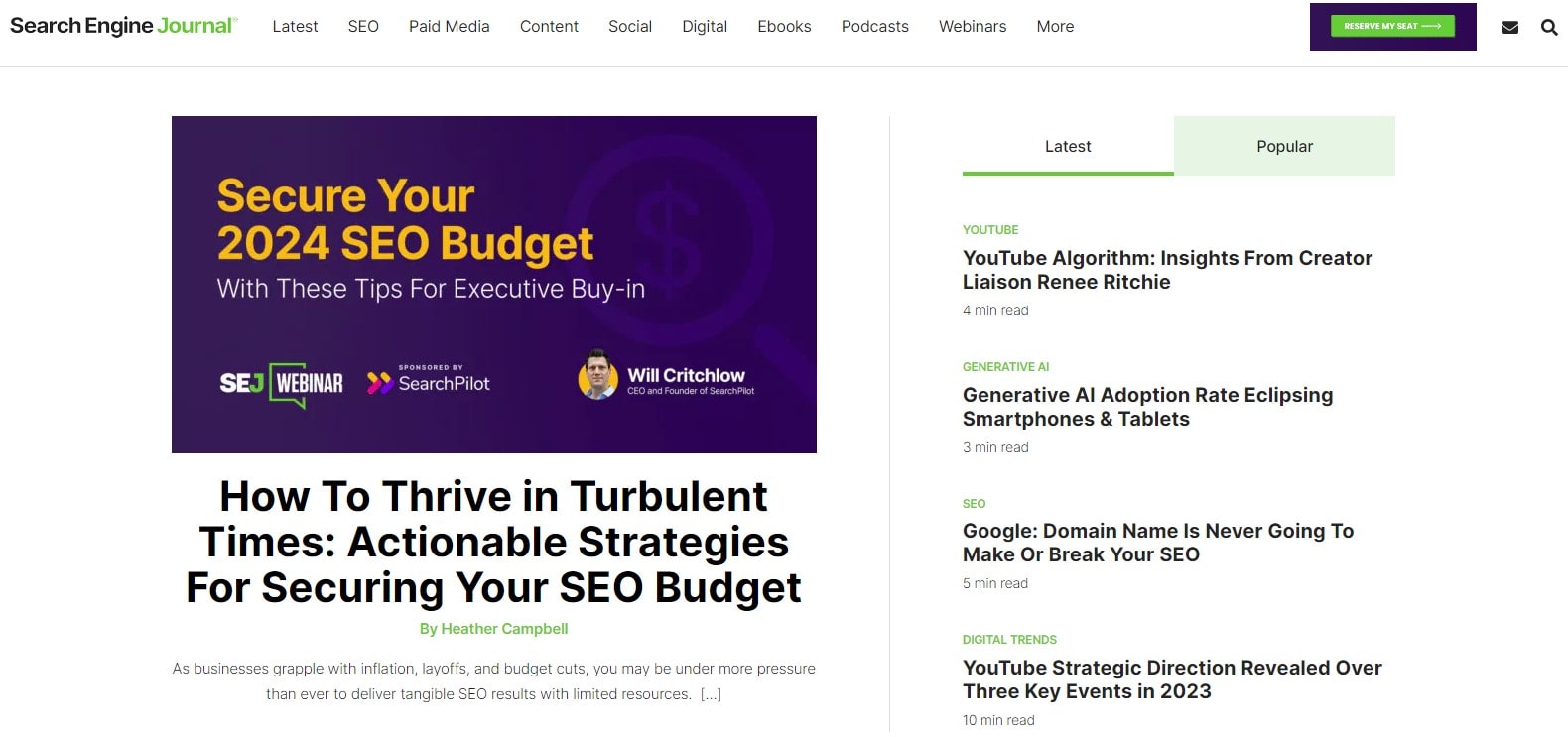
Understanding SEO in the context of content optimization is a smart step that boosts digital marketing. Integrating SEO practices in your content creation process ensures that your material becomes a beacon for search engines—effectively guiding users to your site.
Here’s how SEO works within content optimization across various industries:
- In eCommerce: SEO functions by embedding relevant keywords in product descriptions and titles, thereby escalating your products’ visibility in search engine results.
- In blogging: SEO involves incorporating high-traffic keywords in blogs and focusing on generating engaging, value-adding content, helping blogs become go-to resources for readers on specific topics.
- In the SaaS industry: SEO boosts search engine rankings by tailoring material around key software functionalities.
Beyond enhancing search engine visibility, understanding SEO in content optimization empowers brands to shape authority and trust within their respective sectors. It’s not merely about securing a higher rank on search results—it’s also about providing direct, precise answers to user queries, offering value, and fostering a strong brand-user relationship.
Consider SEO as a crucial puzzle piece in your content optimization strategy—it’s the tool that helps search engines navigate your content and, in turn, guides users directly to your site. Through smart keyword integration and top-tier content creation, your SEO efforts contribute significantly to your overall digital marketing success. Your content isn’t just for display—it guides users through their search journey and optimizes their experience. Your mastery of SEO in content optimization will be pivotal in reaching these goals.
Role of Keyword Research in Content Optimization

Keyword research forms the bedrock of successful content optimization—nudging your brand into the spotlight on search engine results. It’s like a compass that guides your content creation efforts, ensuring that your material resonates with your target audience’s search habits and interests.
Consider the following examples across varied sectors:
- In the eCommerce space: Merchants employ keyword research to discover terms potential customers use when hunting for products. This intel aids in optimizing product descriptions and titles—making their goods easily discoverable on search engines.
- Within the blogging community: Bloggers rely on keyword research to detect trending topics or queries. Crafting content that addresses these trends helps their blogs gain visibility and become authoritative resources.
- In the SaaS arena: Companies execute keyword research to identify terms their target audience use when seeking specific software solutions. These findings help in creating and optimizing content that showcases their key features, effectively attracting potential users.
The right keywords, ingeniously integrated into your content, act as signposts—guiding users directly to your site. It’s much more than ranking higher in search engine rankings. In this manner, keyword research becomes integral to fostering a positive brand-user relationship.
Bear in mind keyword research isn’t a once-and-done task—it requires continual refinement to align with evolving user search patterns. By staying on top of these shifts, your content remains optimized, and your SEO efforts stay impactful. Remember, the goal is to create a user-oriented guide through insightful keyword research that shapes your content and in turn, optimizes the overall user search experience.
Tools and Techniques for Effective Keyword Research
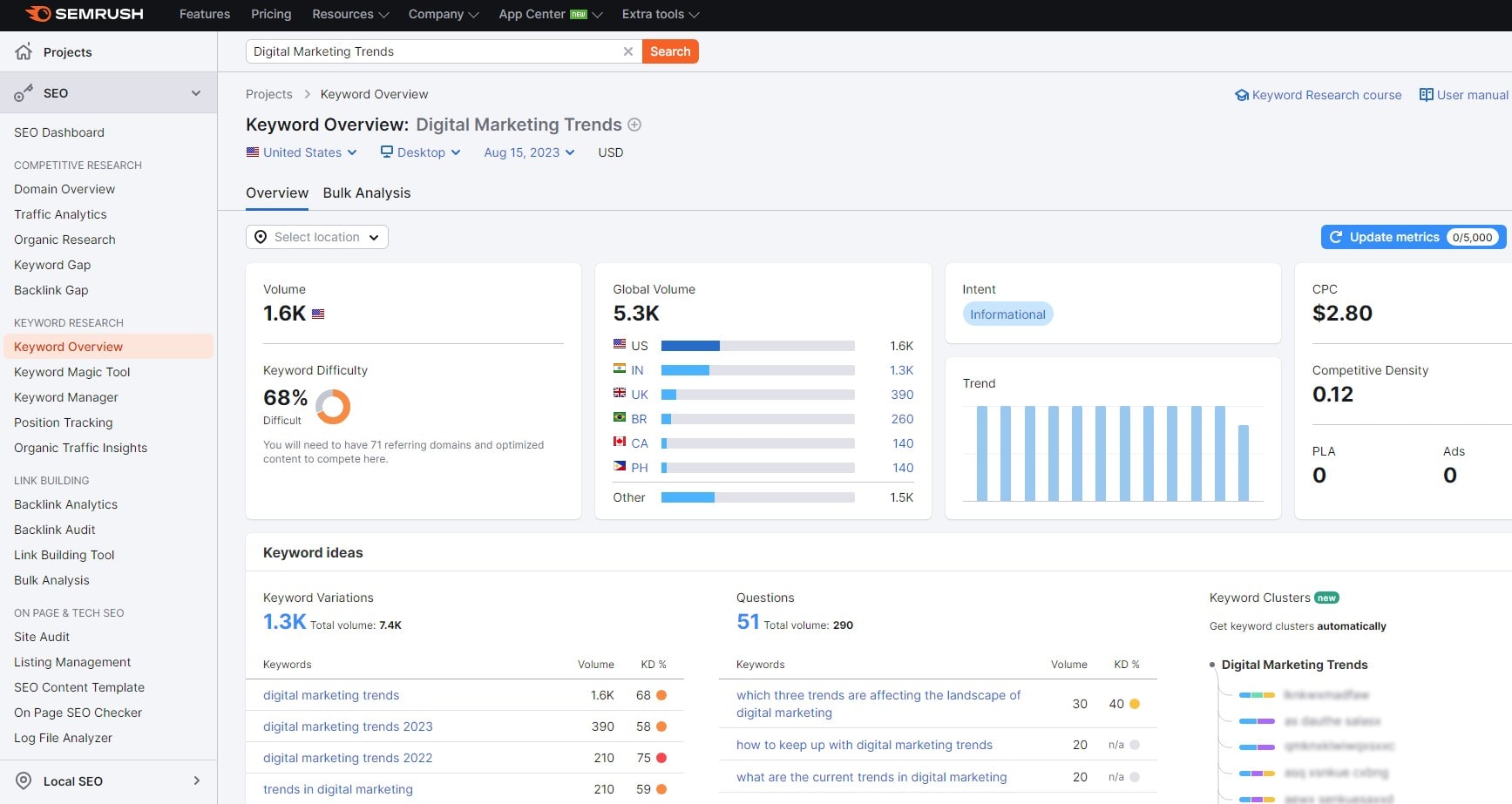
In the realm of content optimization, keyword research is a pivotal player. And to master this craft, a suite of tools and techniques is at your disposal—each offering unique capabilities to transform your content into a powerful guide for users navigating search engines.
Consider these useful tools and techniques:
- Google Keyword Planner: This tool offers comprehensive data about keyword search volume, competition, and even ad-bidding insights. This data can help eCommerce brands choose keywords with high search traffic and low competition.
- SEMrush: A versatile tool for SEO and keyword analytics, SEMrush enables bloggers to detect popular keywords related to their niche. They can use these findings to optimize their content, resulting in increased traffic and readership.
- Long-tail keywords: Focusing on more specific, longer phrases attracts a targeted audience. For instance, a SaaS company could optimize its content around the keyword “cloud-based project management software for architects”—narrowing down the competition and catering to a specific user group.
- Competitor Analysis: Monitoring the keywords your competitors rank for helps discover gaps in your own strategy. Incorporating these missing keywords into your content can drive additional traffic to your site.
Applying these tools and techniques for effective keyword research helps in crafting optimized content—content that doesn’t just appeal to search engines but also provides value to users. It’s the art of creating a user-focused guide, one that responds to the user’s search queries with relevance and precision. So, harness these tools, optimize your content, and let your digital footprint leave a lasting impression in the online sphere.
Creating High-Quality Content for Optimization

Crafting high-quality content is fundamental to content optimization—paving the way for your brand to shine on search engine results. It’s about weaving an informative, engaging narrative that integrates strategic keywords to serve as a reliable guide for users during their search journey.
Consider these ideas to improve content across sectors:
- For eCommerce brands: Integrate compelling storytelling with product features. Detailed, engaging descriptions—sprinkled with pertinent keywords—can transform a simple product page into a persuasive sales pitch.
- For bloggers: Fusing compelling narratives with facts, anecdotes, or insights makes blogs both engaging and informative. Incorporating SEO practices—like using keywords appropriately—amplifies their visibility.
- For SaaS businesses: Explaining complex features in a simple, comprehensible language can make their software stand out. Peppered with relevant keywords, this approach can enhance search visibility and user engagement.
Creating high-quality content isn’t about stuffing it with keywords. Instead, it’s about delivering value to the reader while ensuring that the content is SEO-optimized to attract search engines. The outcome? Content that performs well in search engines and positions your brand as an expert.
Remember, quality content is your brand’s ambassador—it speaks volumes about your brand even before a potential customer interacts with you. So, invest in creating content that captivates, informs, and guides the user. In the vast digital landscape, your well-crafted, optimized content can make a lasting impression and drive your digital marketing success.
The Art of Crafting Compelling Headlines
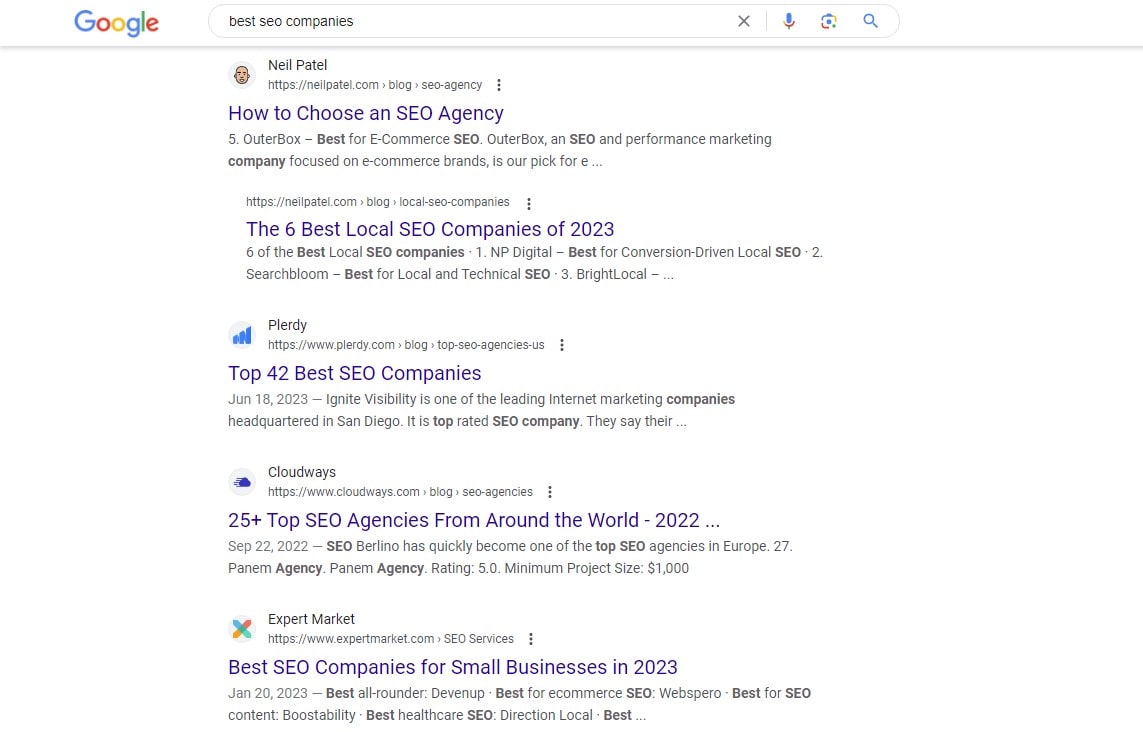
Crafting compelling headlines is a delicate art—one that requires a harmonious blend of creativity, relevance, and SEO optimization. A magnetic headline acts as a beacon—drawing users in and enticing them to delve into your content.
Here are some suggestions for creating attention-grabbing headlines across different industries:
- For eCommerce brands: Generate intrigue with headlines that highlight unique product features. For instance, “Transform Your Living Space with Our Eco-Friendly Home Decor” is more engaging than a simple “Buy Home Decor.”
- For bloggers: Ignite curiosity with headlines that promise valuable insights. “Uncover the Science Behind Effective Communication” is more likely to attract readers than just “Communication Tips.”
- For SaaS companies: Emphasize the solution your software offers in the headline. “Streamline Your Workflows with Our Cutting-edge Project Management Tool” outshines a generic “Project Management Software.”
But compelling headlines aren’t just about creativity and intrigue—they also need to be SEO-friendly. Including keywords in your headline ensures that your content is easily discoverable by search engines, leading to higher visibility.
Remember, a headline is the first impression your content makes—it needs to be strong enough to pull readers in. The goal is to craft a headline that serves as an engaging guide, leading users into your well-optimized, high-quality content.
So, let your headlines be more than mere labels—let them be promises of value, sparks of curiosity, and guideposts to the rich content that lies beneath. When headlines are crafted with care and precision, they become powerful tools in your content optimization arsenal.
The Value of Title and Meta Descriptions Tags
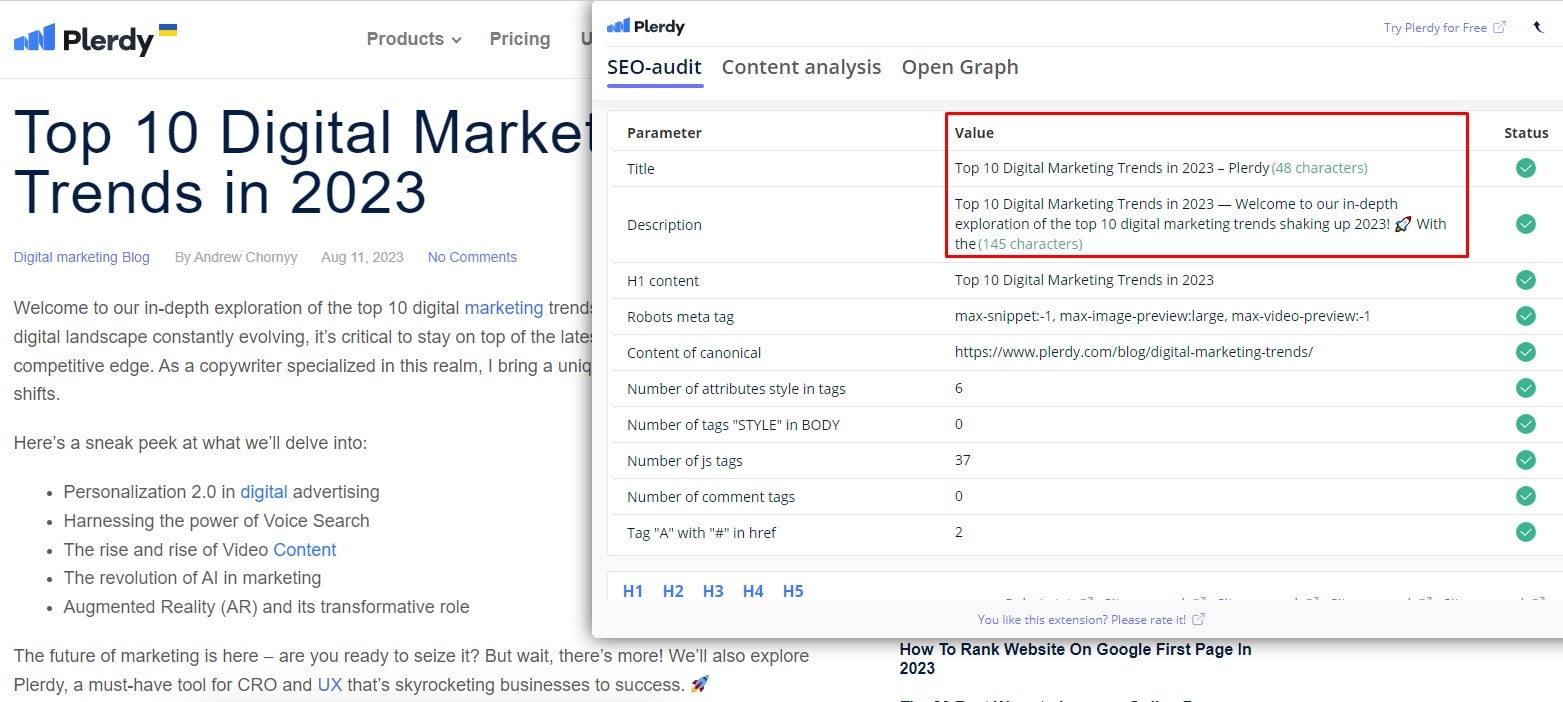
Meta descriptions and title tags help your content stand out online. They serve as your content’s preview, informing both users and search engines about the substance your page offers, thus enhancing the potential for higher search rankings and user engagement.
Here’s how you can leverage meta descriptions and title tags across different industries:
- eCommerce brands: Use persuasive language in meta descriptions to entice potential buyers. “Explore our selection of eco-friendly home decor and transform your living space” gives a compelling preview. Include relevant keywords in the title tag—such as “Eco-Friendly Home Decor”—to improve search visibility.
- Bloggers: Create a meta description that hints at the value your blog offers. For a post on communication, “Uncover the science behind effective communication and improve your interpersonal skills” sets the stage for your content. Again, a keyword-centric title tag—like “The Science of Effective Communication”—is crucial.
- SaaS companies: Highlight the software’s key features and benefits in the meta description. “Streamline your workflows with our cutting-edge project management tool designed for modern businesses” is a compelling preview. A keyword-friendly title tag—such as “Cutting-Edge Project Management Tool”—boosts SEO performance.
Meta descriptions and title tags are like miniature billboards for your content on the highway of search results. They need to be eye-catching, informative, and optimized with keywords to successfully guide users to your page.
Craft them carefully, and your content will not just exist but excel in the digital landscape, drawing in the right audience and standing tall in the crowded world of online content. This is the essence of content optimization.
Role of Images and Multimedia in Content Optimization
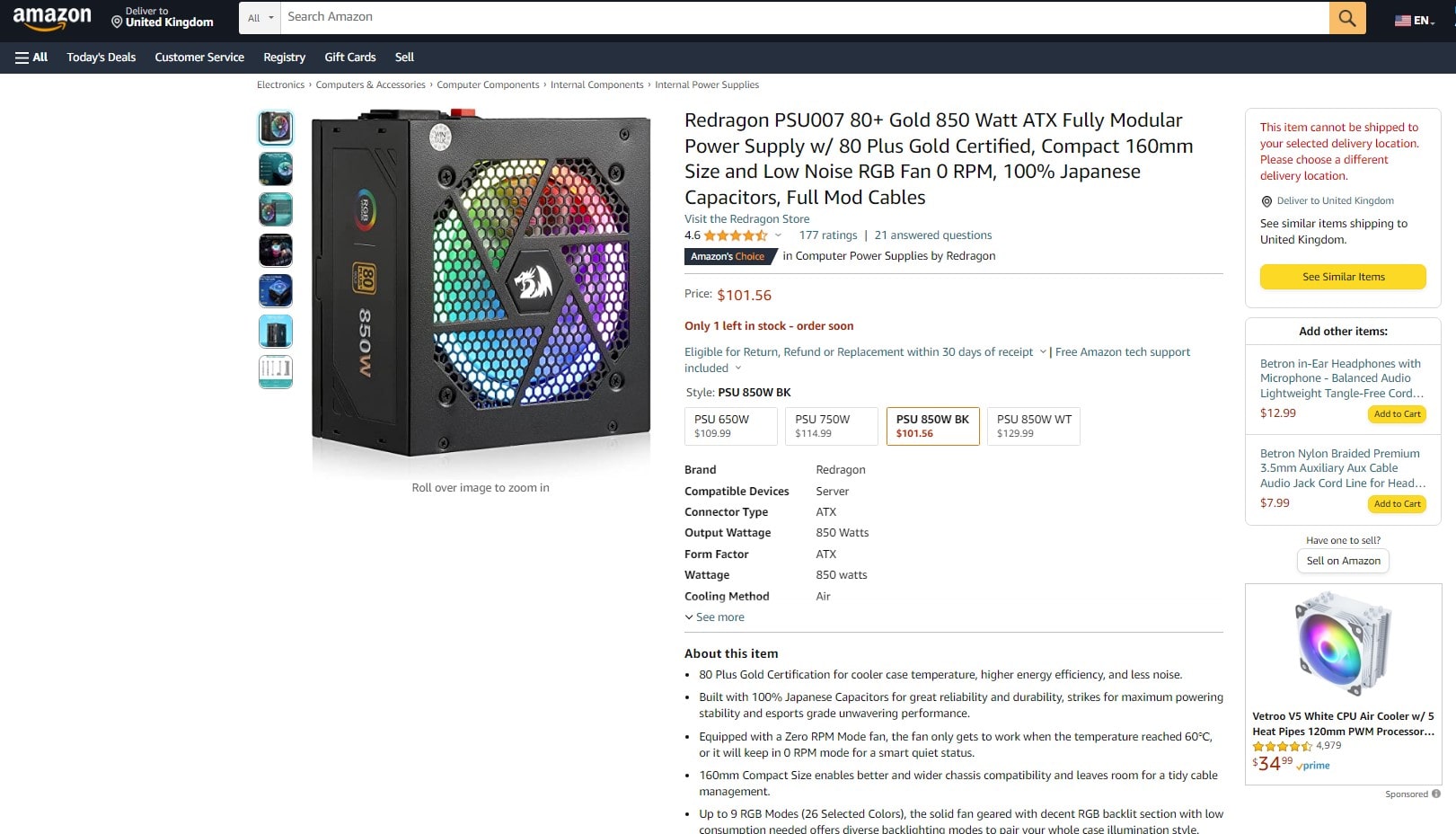
In content optimization, images and multimedia hold significant sway over the user experience, engagement, and ultimately, SEO rankings. Well-selected visuals break up text, making it easier to consume, while multimedia components can increase dwell time on your site—a positive signal to search engines about your content’s value.
Consider these niche-specific examples:
- Online magazines: Use high-quality, relevant images to break up long articles. Make sure to utilize ‘alt tags’ – textual descriptions that enable search engine crawlers to understand the content of the image, like “sunset over Santorini island.”
- Tech tutorials: Embed video tutorials for complex processes. An ‘explainer video on building a PC,’ for example, offers visual learners an engaging alternative to textual content.
- E-commerce platforms: Product images from different angles, 360-degree view features, or even short product demo videos can be game-changers. They not only enhance the user experience but also boost your content’s visibility on both regular and image search results.
- Educational blogs: Infographics can simplify complex ideas or data. A well-designed infographic on ‘climate change impacts’ can be more effective than a thousand words explaining the same.
Remember to optimize your images and multimedia for web performance. Use the right file formats, compress files to reduce load time, and be mindful of mobile user experience.
Leveraging images and multimedia is a two-fold win in content optimization—it improves user engagement and contributes to better SEO performance. Visual content in digital marketing creates a holistic, engaging, and interactive experience.
Mobile Optimization: Ensuring Your Content Looks Great Everywhere
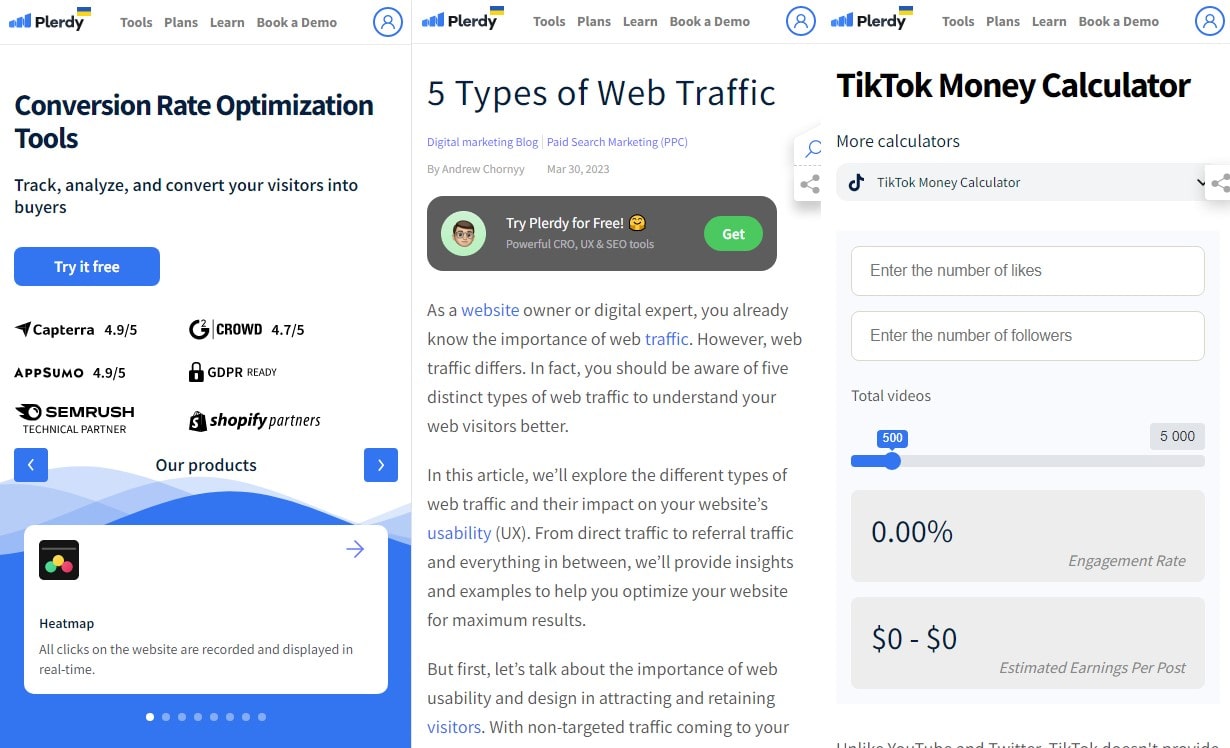
In this mobile-first era, ensuring your content shines brightly on every screen—big or small—is pivotal for successful optimization. Mobile optimization isn’t just about shrinking down what works on desktop—it’s about crafting a seamless, user-friendly experience designed for thumbs and smaller screens.
Let’s draw on some niche-specific examples:
- Online retailers: Optimize your e-commerce platform with mobile-friendly navigation, easy-to-tap buttons, and streamlined checkout processes. Think Amazon’s one-click buying—it’s easy, quick, and perfect for on-the-go shoppers.
- Food blogs: Make sure your recipes are easy to read and follow on a mobile screen. Consider a format that allows users to check off ingredients and steps as they cook. For instance, the Tasty app does this exceptionally well.
- News portals: Craft concise, captivating headlines and subheadings that make users want to tap and read more. Break up your text into bite-sized paragraphs that are easy to digest on a small screen—think BBC or CNN.
Here’s a simple guide to mobile optimization:
- Prioritize Speed: Slow-loading sites frustrate users and can hurt your SEO rankings. Invest in fast hosting, optimize images, and leverage browser caching.
- Focus on Design: Make your design responsive, ensuring it adapts and looks good on any device. Implement large, easy-to-tap buttons and interactive elements.
- Optimize Content: Craft concise headlines, use short paragraphs, and include visual content to break up text.
- Test Regularly: Check your site’s mobile performance with Google’s Mobile-Friendly Test.
From a content standpoint, mobile optimization is about presenting your information in a clear, engaging way that respects the user’s screen space and attention. Detail matters in today’s fast-paced, mobile-driven society.
Optimizing for User Engagement and Retention

User engagement and retention stand as two pillars supporting the towering structure of optimization success. When your content truly resonates, it not only attracts clicks but also encourages users to stay, explore, and eventually convert.
Consider the fitness industry: Successful fitness blogs, like Nerd Fitness, don’t just churn out generic workout guides. They craft content tailored to their audience’s specific needs—bodyweight exercises for travelers, gaming-inspired workouts, and advice for those battling anxiety. Such in-depth, personalized content keeps readers engaged and coming back for more.
Or take the world of finance. Mint, a money management app, keeps its users engaged by providing personalized insights and advice based on their spending habits. This actionable, relevant content encourages users to interact with the app regularly, boosting retention.
The art of optimizing for user engagement and retention includes:
- Tailored Content: Know your audience and cater to their interests and needs.
- Valuable Information: Provide actionable, problem-solving content that offers real value to the reader.
- Consistent Updates: Regularly update and add fresh content to keep users coming back.
- Interactive Elements: Add quizzes, surveys, or comment sections to encourage user interaction.
- Feedback Loops: Respond to comments and emails to show your audience you value their input.
Remember, every interaction counts. By placing user engagement and retention at the forefront of your optimization strategy, you’ll not only enhance your SEO performance but also build a loyal community around your content—turning casual visitors into dedicated fans.
Utilizing Social Media for Content Optimization
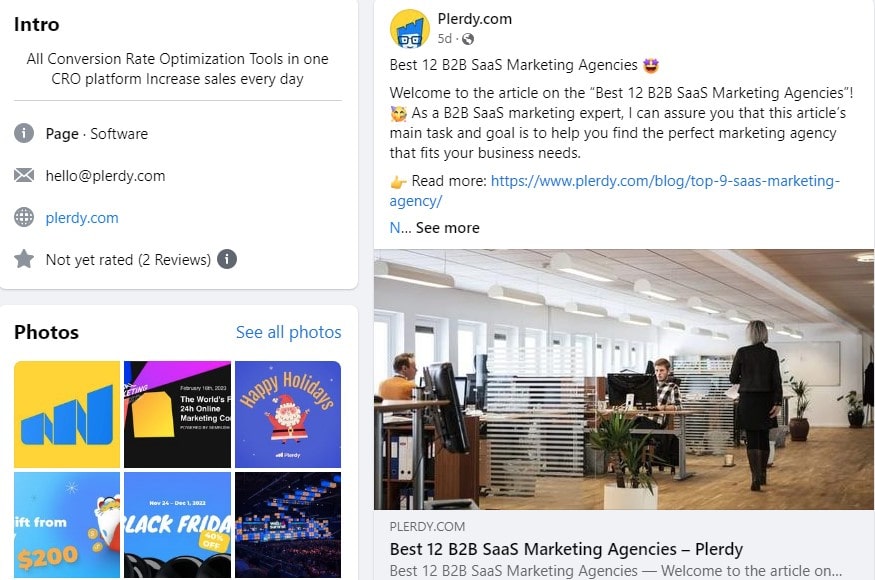
Social media helps boost content optimization. This strategy revolves around promoting content across social platforms to enhance visibility, drive traffic, and foster user engagement.
Take Buzzfeed, for instance. Buzzfeed uses social media to engage its audience with its shareable, engaging content. Their Tasty videos on Facebook are a prime example. These quick, visually appealing cooking guides receive millions of shares, helping to drive significant traffic back to their site.
Or consider Canva, a design tool platform. Through compelling infographics and design tips shared across Instagram and Pinterest, Canva attracts users, builds brand awareness, and drives traffic back to its platform.
To leverage social media for content optimization, remember to:
- Share Content Regularly: Consistent content sharing keeps your brand top-of-mind for followers.
- Engage with Followers: Responding to comments and messages fosters a sense of community.
- Use relevant hashtags to boost content visibility.
- Share Visually Appealing Content: Eye-catching images or videos can boost engagement and shares.
- Cross-promote to reach more people.
Social media boosts SEO, content reach, and brand community. So, dive into the social media wave and let it carry your content to the shores of success.
Incorporating Backlinks and Internal Links
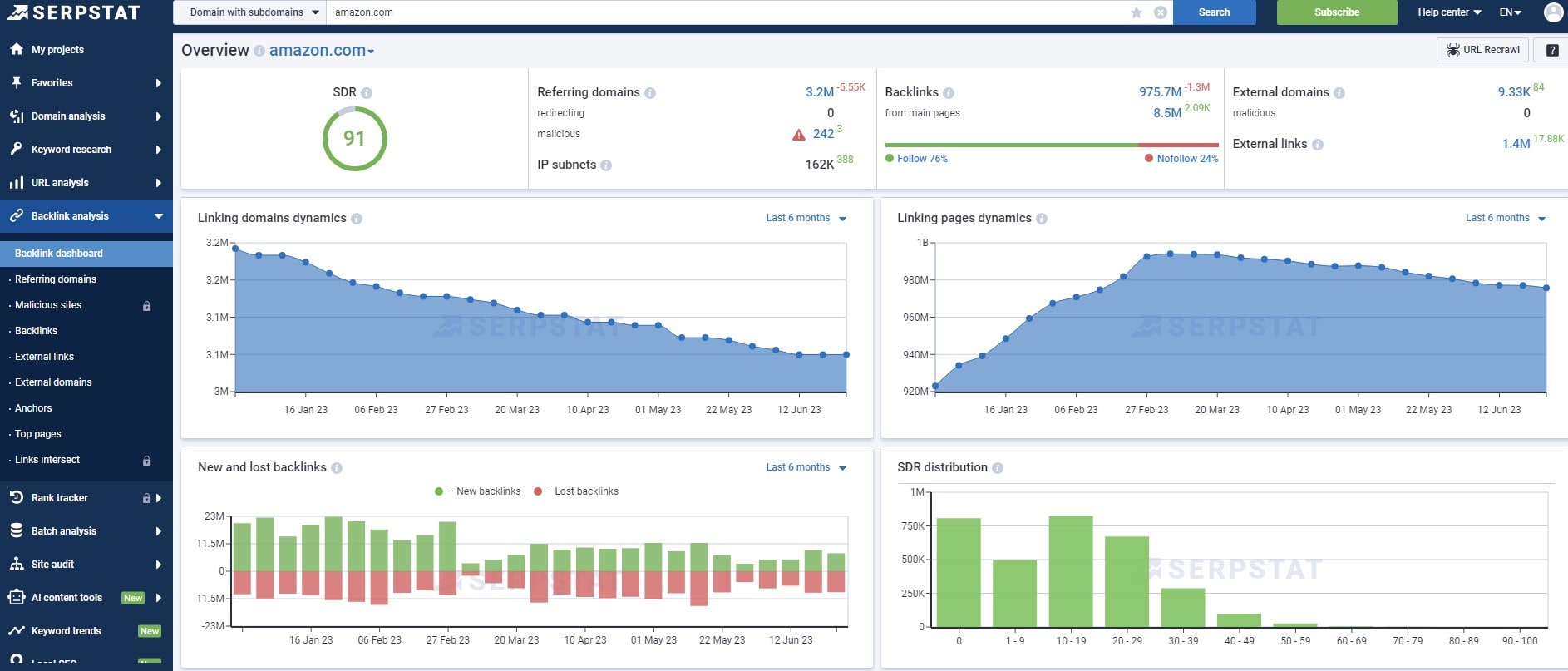
In the chessboard of SEO, the use of backlinks and internal links reigns supreme. Crafted with precision, they can work wonders, propelling your content visibility in search engine rankings.
Consider the case of HubSpot, a platform known for its inbound marketing and sales software. It expertly uses internal links to keep users engaged on their website for longer, linking related articles and resources within their content. This reduces bounce rate and improves user experience. The power of backlinks shouldn’t be overlooked, either. Let’s take a look at Moz. They’ve built a substantial backlink profile through high-quality content, guest blogging, and the creation of shareable resources like the “MozBar”. This strategic backlink building has solidified their authority in the SEO industry.
Remember these strategies when incorporating backlinks and internal links:
- Create High-Quality Content: Relevant, engaging content encourages other websites to link back to yours.
- Use Descriptive Anchor Text: Ensure that the anchor text provides context about the linked content.
- Prioritize Relevant Links: Links should be relevant to the context of your content.
- Avoid overlinking to improve user experience.
- Review and Update Your Links Regularly: Broken or outdated links can harm your SEO efforts.
Strategic linking can fortify your SEO strategy, enhancing content discoverability and improving user engagement. By smartly incorporating backlinks and internal links, you are paving a robust road towards SEO success.
User Experience and Page Speed in Content Optimization
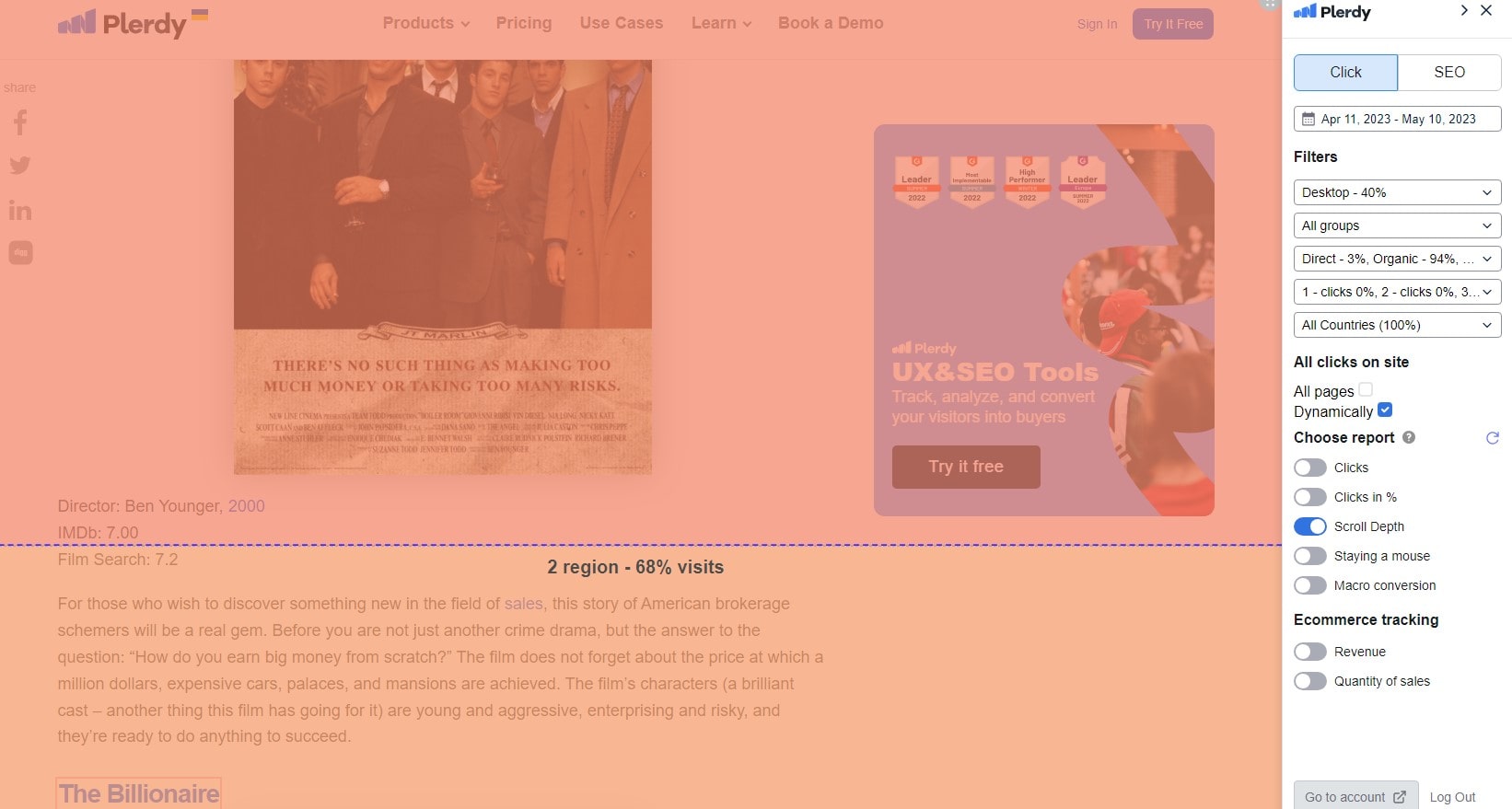
In the digital arena, speed rules the roost – sluggish page load times can send potential users sprinting away, hurting your content’s discoverability in search engine results. For example, Pinterest managed to amplify search engine traffic and boost sign-ups by 15% by simply reducing their wait times.
User experience (UX) and page speed intricacies are intertwined, forming the bedrock of successful content optimization. Airbnb offers an illuminating instance. By focusing on UX and fast load times, the platform has managed to keep users engaged, reducing bounce rates and improving conversion.
Here are some surefire ways to enhance UX and page speed for superior content optimization:
- Keep Your Web Design Simple: Simplified design elements not only load faster but also make navigation more intuitive.
- Use Content Delivery Network (CDN): CDN speeds page load by reducing server-to-user distance.
- Compress Your Images: Optimize images for web use – lower file size equals faster load time.
- Leverage Browser Caching: This reduces server load, leading to quicker page speed.
- Streamline Your Code: Clean, streamlined code helps pages load more efficiently.
Just as a well-oiled engine powers a vehicle to its destination, UX and page speed propel your content optimization efforts, driving your content to the zenith of search rankings. By focusing on enhancing these aspects, you not only polish your SEO efforts but also create a richer, more engaging experience for your users, leading to greater engagement and retention. In the fast-paced world of digital material, even a nanosecond matters.
Content Optimization Analytics and Metrics
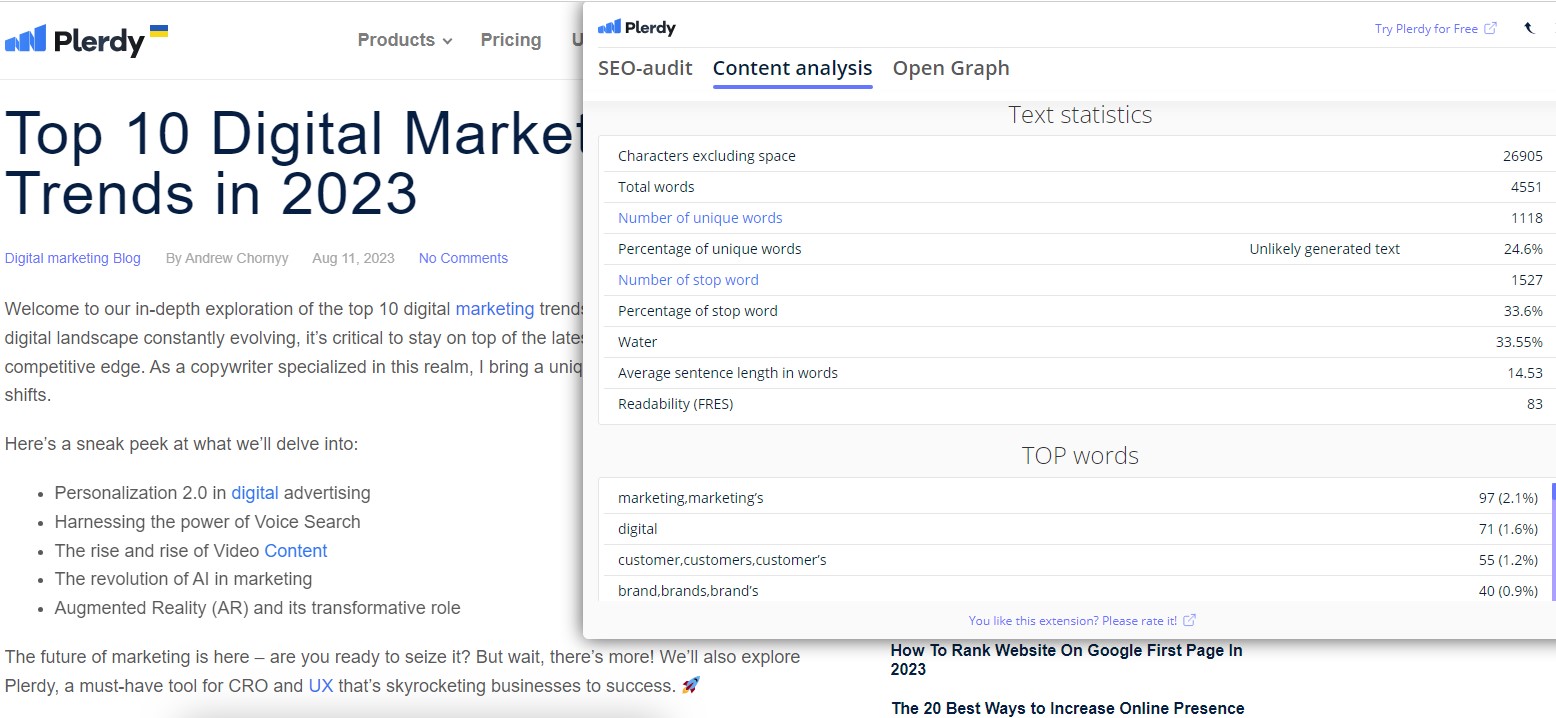
Navigating the complex labyrinth of content optimization without a compass – in the form of analytics and metrics – can land your digital efforts in a muddle. The right metrics serve as torchbearers, guiding your content optimization journey and fueling informed decisions. For instance, Netflix uses vast volumes of viewer data to curate and optimize content, creating a personalized user experience.
Let’s delve into some of the prime metrics crucial for successful content optimization:
- Organic Traffic: Keeping tabs on organic traffic can indicate the effectiveness of your SEO efforts. Organic traffic growth indicates success.
- Bounce Rate: A high bounce rate might suggest your content isn’t resonating with your audience. A deep dive into your content strategy might be necessary.
- Conversion Rate: This metric denotes how well your content pushes users down the conversion funnel.
- Average Session Duration: A longer session duration usually signifies engaging, value-packed content.
- Pages per Session: This offers insight into the depth of engagement and the relevance of your internal linking strategy.
Don’t just gather data; analyze it. Unearth the story behind the numbers to fine-tune your content optimization. Amazon’s recommendation system is a stellar example – it uses intricate algorithms and analytics to deliver tailored suggestions, driving more conversions.
The journey of content optimization is a marathon, not a sprint – and to run this marathon successfully, you need to strap on the shoes of analytics and metrics. With an informed understanding of your performance, you can fine-tune your approach, revamp your content, adjust your keywords, and ensure your optimization strategy leads to increased visibility, engagement, and conversions. Embrace metrics, embrace success.
Updating and Repurposing Old Content
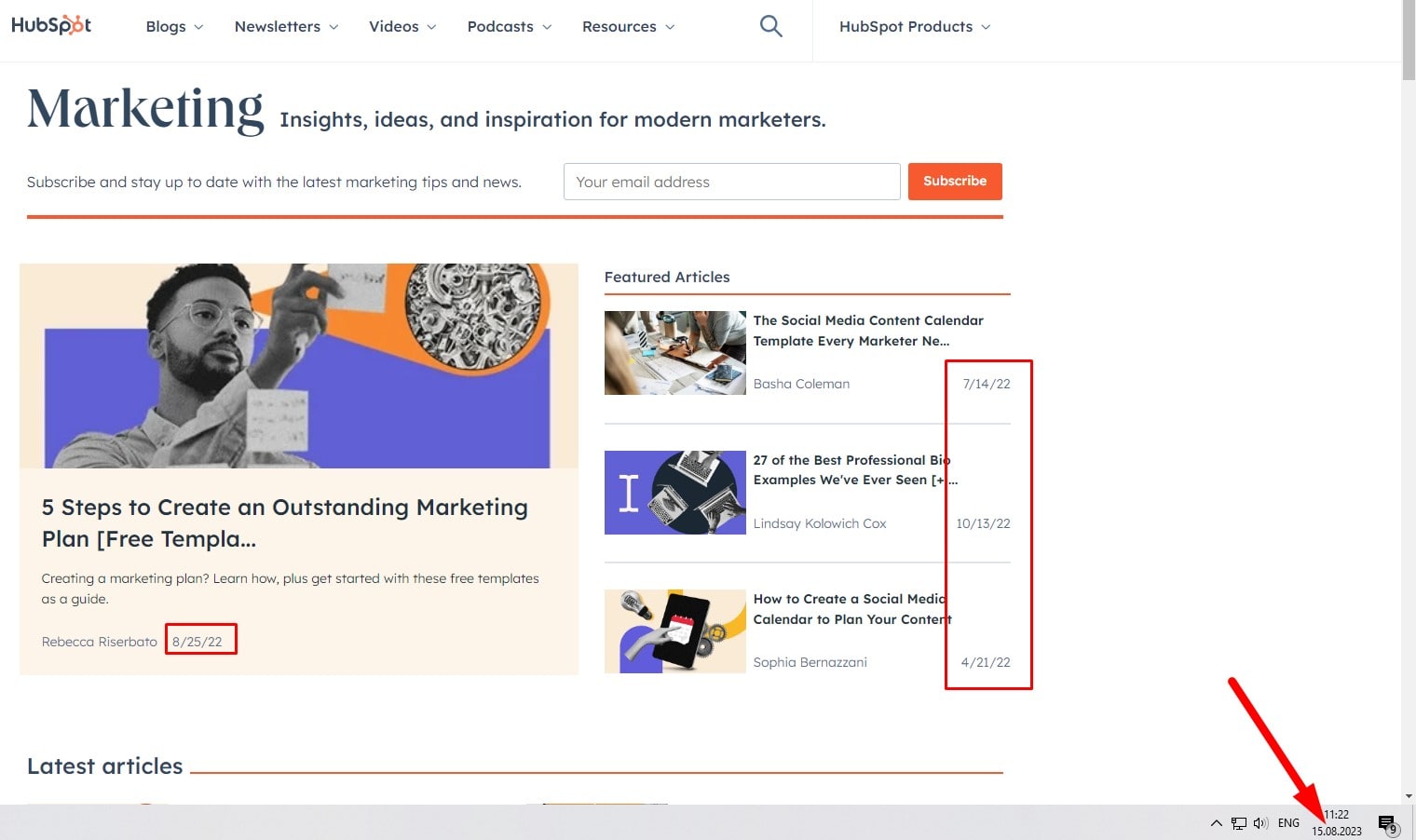
A noteworthy element of content optimization is breathing life into old content – refurbishing, updating, and repurposing to drive renewed engagement. Case in point: Buffer, a social media scheduling platform, boosted the traffic of their older posts by 106% after revamping and resharing them.
Here are some best practices to follow:
- Audit Your Content: Start with identifying content that’s outdated or underperforming. These pieces have the potential for significant improvement.
- Update Information: Ensure that your content is fresh and accurate. Update outdated stats, broken links, and irrelevant information.
- Add Rich Media: Enhance user engagement by embedding relevant videos, images, infographics, or podcasts.
- Improve SEO: Revisit your keywords, meta tags, and alt text for images. SEO isn’t static, and what worked in the past might not be effective now.
- Repurpose Content: Consider repurposing blog posts into videos, podcasts, or infographics for broader reach.
The process of updating and repurposing content isn’t merely a spruce-up activity – it’s an integral part of your content optimization strategy. Businesses like HubSpot have benefited immensely from this, seeing a 106% increase in traffic by updating old blog posts. This strategy is akin to renovating a house, where you polish what’s already there to amplify its value.
Remember, the ultimate goal is to provide your audience with the highest quality content, which is both engaging and valuable. So, dust off your old content, breathe new life into it, and watch your engagement metrics fly off the charts.
Common Mistakes to Avoid in Content Optimization
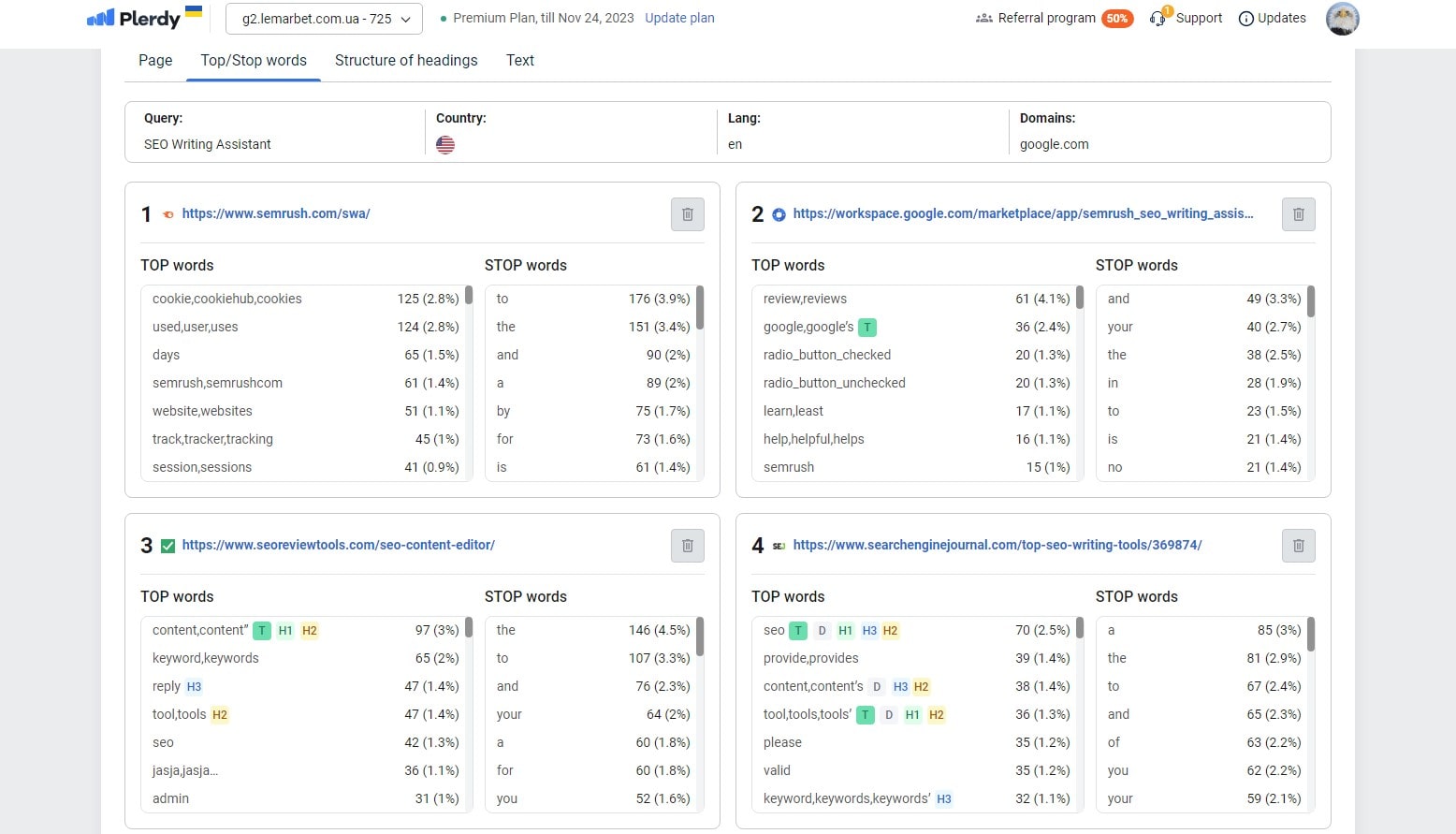
In the pursuit of high-performing content, marketers often stumble upon pitfalls that hamper their optimization efforts. Consider JCPenney, a retail giant that once found itself deindexed from Google’s search results due to overly aggressive SEO tactics. We can draw essential lessons from such experiences.
Here are some frequent slip-ups you’d want to dodge:
- Keyword Stuffing: Overuse of keywords can make content feel unnatural and spammy, degrading user experience and even leading to penalties from search engines.
- Neglecting User Experience: Prioritizing SEO over a smooth user experience can be counterproductive.
- Ignoring Analytics: Data is your road map in content optimization. Ignoring it could leave you flying blind in your efforts.
- Inadequate Internal Linking: Internal links help search engines understand your site structure and can boost page views — neglecting them is a lost opportunity.
- Forgetting About Meta Descriptions: Meta descriptions might not impact SEO directly, but they can significantly influence click-through rates.
In content optimization, you aim for a harmonious balance between user experience and SEO. Failure to strike this balance, like in the case of the Huffington Post’s infamous ‘What time is the Superbowl?’ article, can lead to backlash. They banked heavily on search terms, but the article offered little to no value, leading to readers’ frustration.
So, tread with care, avoid these common pitfalls, and you’re likely to see your content ascend in search rankings, drive traffic, and engage audiences like never before. Always remember – quality content is the keystone of successful optimization. Forge it with care, nourish it with regular updates, and it will serve you well in the digital marketplace.
Case Studies: Successful Content Optimization Examples
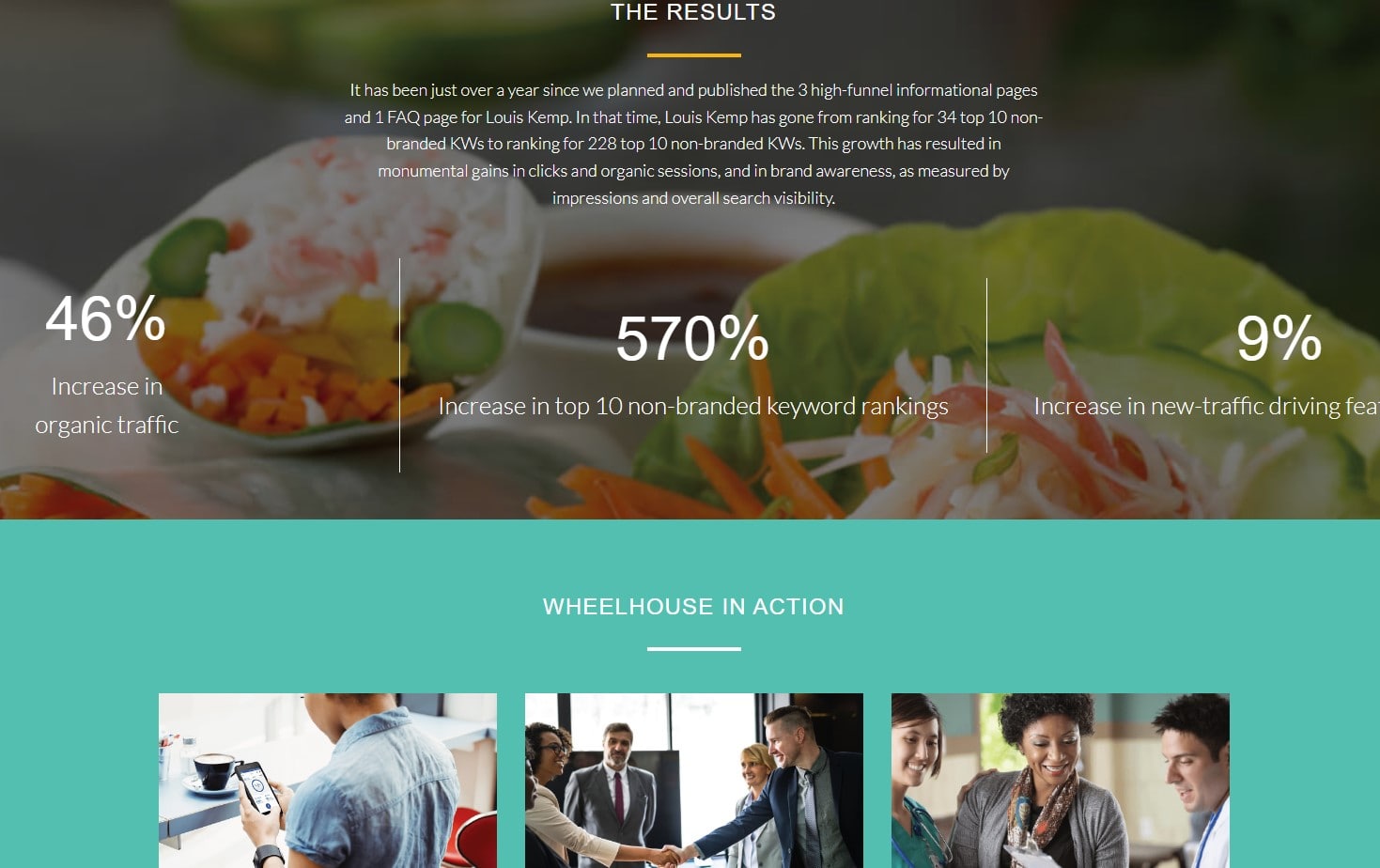
Examining the success stories of others is an illuminating way to glean valuable insights. Here are three content optimization triumphs to inspire your strategy:
- HubSpot’s Topic Clusters: HubSpot spearheaded a fresh approach to content structure by using topic clusters. Central pillar pages link to related subtopic articles, promoting a clean and efficient site architecture that’s both user and SEO-friendly. This strategy has seen their organic search traffic grow significantly.
- Canva’s Keyword Mastery: Graphic design platform Canva has a top spot on SERPs for countless design-related keywords. They achieved this by producing high-quality, keyword-optimized blog content addressing user pain points and queries. As a result, their organic traffic skyrocketed, elevating brand visibility and user engagement.
- Airbnb’s Localization: Airbnb’s localized content offers a seamless user experience for global audiences. By optimizing content to align with local languages, customs, and search behavior, they’ve expanded their global footprint, driving considerable growth in international markets.
Each of these brands achieved success by understanding the key principles of content optimization. HubSpot harnessed the power of topic clusters, improving their site structure and search visibility. Canva effectively utilized keywords, creating content that met user needs and performed well in search results. Airbnb prioritized user experience by localizing their content, resonating with international audiences, and fostering global growth.
Their stories emphasize the importance of a robust content optimization strategy. Harnessing the power of SEO, aligning it with user needs, and consistently delivering high-quality, optimized content can yield considerable results. Your journey to content optimization success begins here: draw inspiration from these successful brands, apply the lessons learned, and watch as your content climbs the SERPs, engaging and retaining users at every turn.
Future Trends in Content Optimization
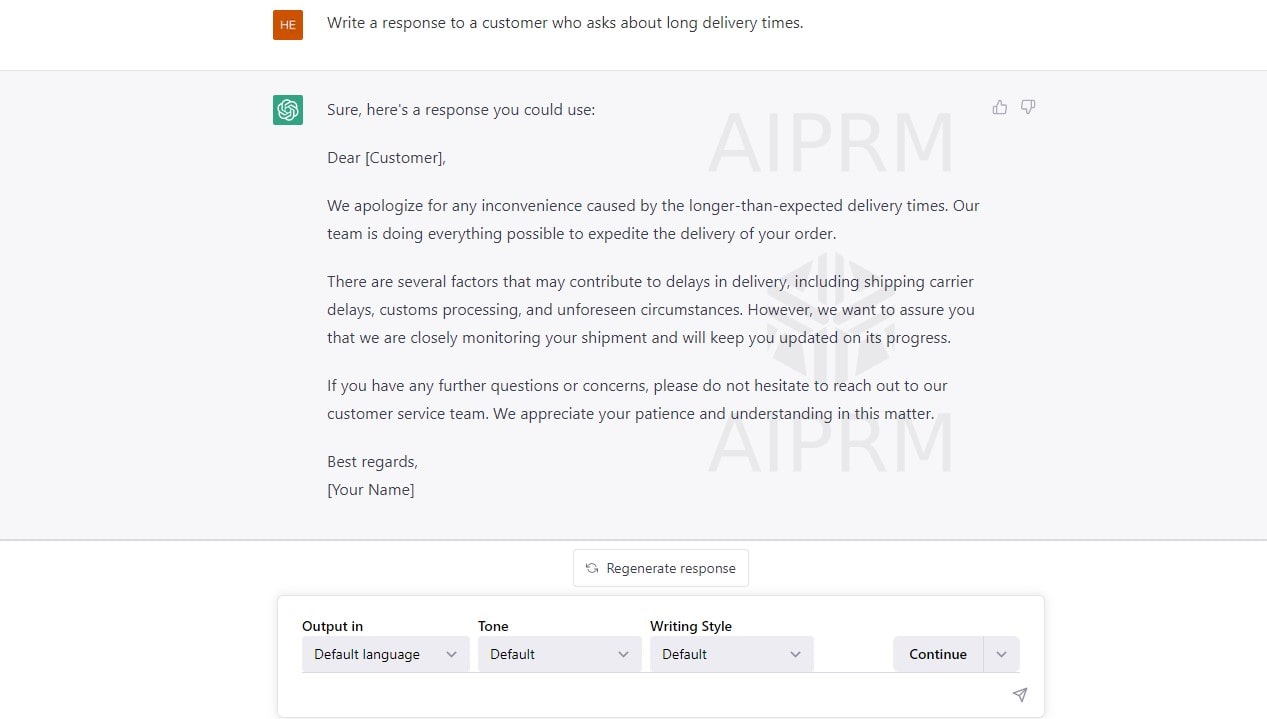
Future trends in content optimization are already taking shape, spurred by technological advancements and shifting user behavior. Here’s a snapshot of key developments on the horizon:
- AI and Automation: AI-driven tools are revolutionizing content optimization. For instance, Google’s AI, BERT, evaluates search context rather than isolated keywords, pushing businesses to adopt semantic SEO and intent-based content.
- Voice Search: Voice assistants are driving the rise of voice search, requiring an optimization shift towards conversational language and long-tail keywords.
- Video Content: The surge in video consumption signals a need for video SEO, with the focus on title tags, meta descriptions, and transcriptions.
AI is no longer a distant concept but a current asset, empowering marketers with nuanced keyword insight, content suggestions, and data analysis at scale. Giants like Google already employ AI, like BERT, to better understand user intent and context, pushing businesses to optimize for semantic SEO.
As more people embrace voice assistants, content needs to cater to voice search. Optimization will involve long-tail keywords and conversational language, mirroring how people speak.
Moreover, video content is skyrocketing. As people increasingly prefer watching over reading, businesses will have to optimize video content. TO MAXIMIZE VISIBILITY, video SEO will encompass well-crafted title tags, meta descriptions, and transcriptions.
By staying ahead of these trends, you’re preparing for tomorrow’s SEO landscape. Prioritize content that resonates with evolving technology and user habits, and you’ll have a robust, future-proof content optimization strategy. These anticipated trends underline one timeless truth: optimization is not static but a dynamic process, forever evolving in response to technology and user behavior.
Conclusion
As we navigate the final stretch of our insightful journey through “The Complete Guide to Content Optimization,” let’s compile the nuggets of wisdom we’ve gained. You’re now equipped to write compelling content, utilizing impactful keywords for maximum search visibility and superior SEO performance.
In the world of content optimization, every word carries a purpose. It’s important to track your progress, fine-tune your strategies, and stay agile. Services like Microsoft’s LinkedIn and advertising platforms can amplify your reach, substantially boosting your efforts.
And speaking of tools, don’t forget about Plerdy! Plerdy’s SEO & UX analysis functionality is a must-have for anyone keen on optimization. This tool provides comprehensive data, allowing you to inspect your content’s performance down to the last detail. ?️♀️?
Action, in its various forms, is the heartbeat of your content. It engages the reader, inviting them to journey with you – from the first word to the last. Let’s not forget – it’s also about creating a business narrative that resonates with your audience.
Remember, optimization isn’t a one-time event – it’s a continuous cycle that evolves with time and business needs. Keep adapting, improving, and watching your content thrive in the SEO landscape! ⚡
